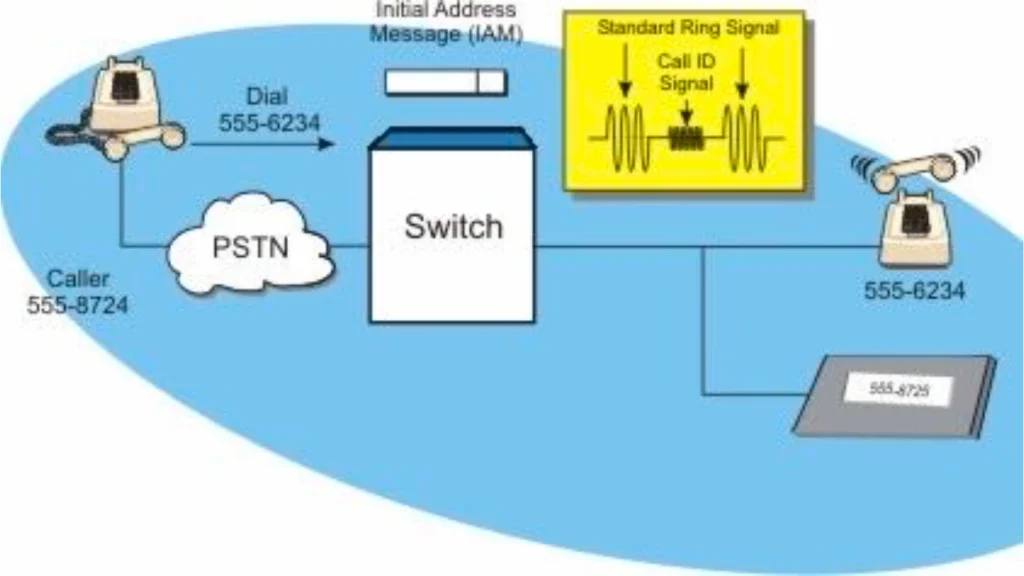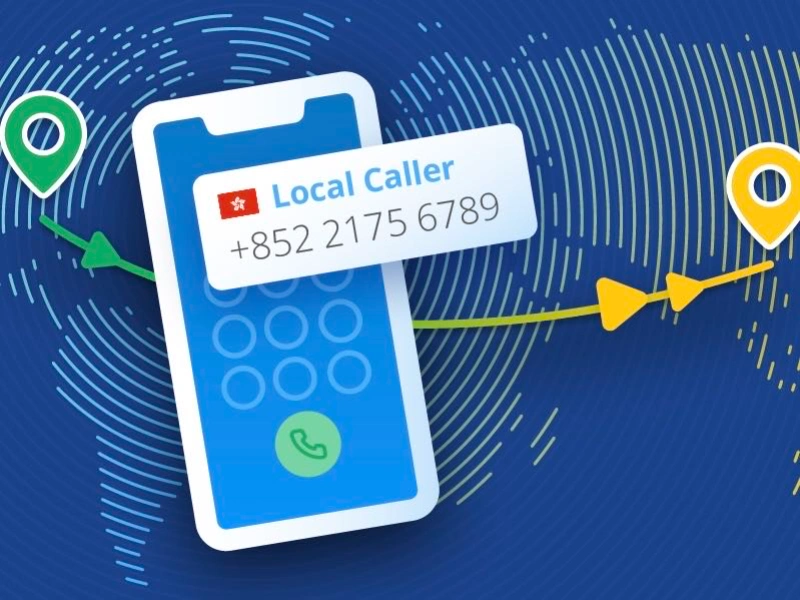- Calling Line Identity (CLI) is a method by which inbound calls made to a business or individual can be identified by their number of origin and, in some cases, the name of the person or organisation that is associated with the number.
- The phone number of the person calling is displayed on the recipient’s telephone screen, or on a separate device. Caller ID was originally developed for the Public Switched Telephone Network (PSTN) system.
- CLI can be used on analogue telephone services and digital mobile services but is also widely available for network-based VoIP calls.
What exactly is CLI, and why is it so crucial? From enhancing customer service to safeguarding privacy, CLI serves a multitude of purposes. In this blog, we’ll dive deep into the concept of Caller Line Identity, exploring its origins, applications, and the technological advancements that continue to shape its role in modern telecommunications. Whether you’re a tech enthusiast or a business owner looking to optimize your communication strategies, understanding CLI is essential.
Calling Line Identity (CLI) is a method that allows businesses or individuals to identify the origin of inbound calls by displaying the caller’s phone number and, in some cases, the name associated with that number. This information appears on the recipient’s telephone screen or a separate device. Originally developed for the Public Switched Telephone Network (PSTN), CLI serves various purposes. Businesses often utilize inbound caller data for statistical analysis, call screening, and appropriate response management. CLI is compatible with analogue telephone services, digital mobile services, and is also widely used for network-based VoIP calls.
Also read: What is DDoS mitigation? Protecting your network
Why is CLI important for wholesale carriers?
Mobile operators are increasingly relying on international wholesale voice carriers for handling the vital yet technically challenging mobile-to-mobile traffic. While it is possible to establish direct connections and agreements with over 700 mobile operators, a single connection to an international voice carrier is often simpler and more cost-effective.
For international voice carriers, this scenario not only offers the chance to boost revenues and enhance their financial performance but also presents the challenge of managing quality expectations and customer experience. With the rapid growth of global roaming traffic, customers demand seamless signaling between mobile networks and expect high-quality service.
Also read: Internet routers, the central hub of networking devices

How do carriers test CLI and verify quality of service?
Currently, there are very few comprehensive systems available on the market for conducting automated test calls. Mobile operators primarily use these systems to ensure premium customer experience and quality while maintaining better margins. International wholesale carriers often rely on less sophisticated, self-developed systems or have dedicated departments for manually making test calls to various countries to check if the CLI is being transmitted.
One Eastern European operator, with the state as a controlling stakeholder, uses Embassy and consulate staff worldwide to verify that their routed calls display CLI. This method is clearly ineffective for addressing customer complaints about service quality, particularly when handling millions of terminated minutes.
How can CLI impact on revenue for wholesale carriers?
In the wholesale arena, CLI presentation is an important feature, along with requesting higher quality of voice. Indeed, the provision of CLI is seen as a quality parameter. The advances of smart phones and PDAs have forced many operators to think hard about CLI presentation.
Carriers who are able to guarantee CLI presentation often attract higher premiums, allowing them to increase revenue via their service level agreements when they can consistently provide this service.
It is in the interest of the clients of wholesale carriers which offer this service to ensure that they have the appropriate tools at their disposal to check the quality of service and CLI presentation. When CLI is not presented, or when the presentation of CLI is inconsistent during a contracting period, the client can penalise the provider on SLA failures.
What is Calling Line Identification Restriction?
Mechanism to prevent the CLI from being revealed at the termination point:
Typically, CLIR (Calling Line Identification Restriction) is transmitted within the network, and the terminating provider or switch recognizes the CLI restriction flag, thereby preventing the display of the caller’s number at the termination point. This is not dependent on network or provider behavior. Generally, users do not restrict their numbers, even though this feature is available on many mobile handsets, allowing users to block the broadcast of their own number. For instance, someone forwarding calls from a fixed line to a mobile phone may wish to keep their mobile number private.
Restricting CLI can limit certain features on new PDAs and smartphones, such as displaying a caller’s photo from a library or changing the ringtone to identify the caller. Since these features are becoming increasingly significant in our daily lives, CLI restriction is seen by some as a useful privacy tool, while the majority view it as an inconvenience.
What impact has the Truth in Caller ID Act had on carriers?
The impact of the Truth in Caller ID Act of 2010 is evident at the retail and end-customer levels. Individuals and companies are now prohibited from disguising their calls under a different number or presenting a local number when the call actually originated elsewhere.
Although the Truth in Caller ID Act is a US initiative and not universally adopted, it is sensible to implement such a system in the international wholesale market.
Some providers engage in a practice known as ‘CLI stuffing,’ where the originating CLI is replaced with a random number to obscure the call’s origin. As this act gains acceptance among international suppliers, accurate CLI presentation will become standard. This will ensure that carriers cannot evade their contractual service level agreements and obligations under the pretense of CLI guarantees.

